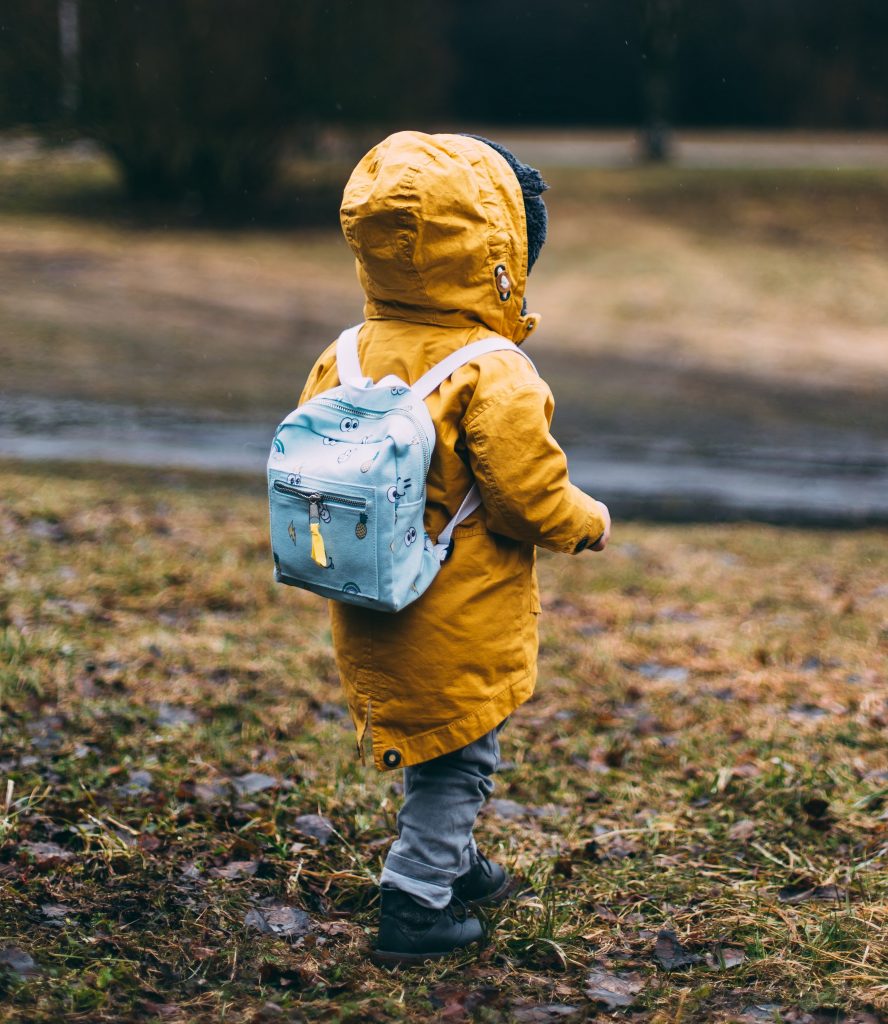Back to School Strategies

It’s that time of year again! Summer is nearly over and our not-so-little ones are getting ready to go back to school, or are getting ready to go to school for the first time. This transition can be tricky, especially as it can be a big change from their summer schedules.
The pandemic has also added another layer of stress to in-person learning. Navigating these big changes together as a family and supporting our children through these transitions can be so important. Here are some strategies that you can try:
- Check-in with yourself. How are you feeling about sending your child back to school? If you are anxious or stressed about this yourself, your child can pick up on these feelings and find it harder to get adjusted. It’s okay to be worried, but it’s important to be mindful of whether or not we are unconsciously passing this worry on to our children.
- Bedtime and morning routines: Start shifting the family’s morning and bed-time routines to match school-time schedules. It will be much harder to get the kids out of bed and ready for school on time if they are used to sleeping in every morning and staying up later at night. If your family’s summertime habits are very different from school timings, you may want to try a more gradual adjustment – shifting bedtime and wake-up earlier by half an hour every few days.
- Visual schedules of what the morning and bed-times will look like can be very helpful, especially for younger children. They create structure and predictability, and can reinforce your verbal instructions. “It’s time to make our bed! Let’s remember what our schedule says: 1. Wake up! 2. Make the bed 3. Brush our teeth”
- Validate and acknowledge your child’s feelings towards going back to school. They may be excited to see their friends, or they may be anxious about the new school year. All feelings are valid, and by acknowledging their feelings, you are letting your child know that you are a safe person to express these feelings to. If they are worried about health mandates and how to stay safe and healthy, these are important conversations to have together.
- Positive choices. New routines and transitions can feel scary and out of control for our kiddos. Help your child regain that sense of control and balance by opportunities for them to have some control in their days. “For your snacks this week, would you like cheese and crackers, or grapes and oranges?” If they need new school supplies, getting their input, and letting them choose (within reason) can get them excited about the back to school process.
- Trial runs and role-plays: If the idea of going back to school is especially challenging, you may want to do a few trial runs of what the drive or walk to school will look like, or brainstorm with your child what they can say when see their friends or teachers.
Transitions are hard! And as we continue through this global pandemic, there can be a lot of being emotions linked to the back to school process. Being available to help your child navigate these feelings and worries is going to make a huge difference.


